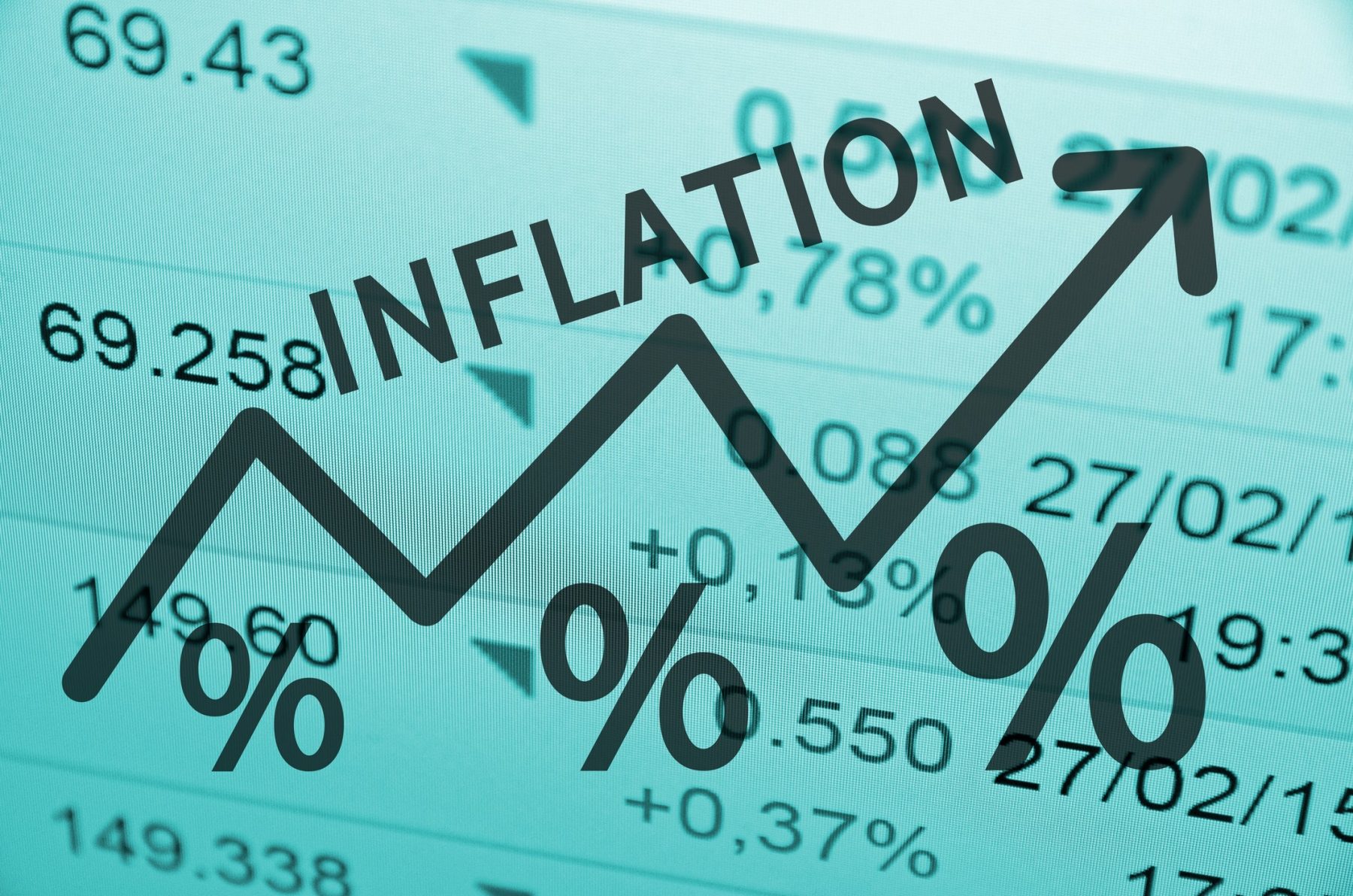
All you have to do is look around to see there is inflation pressure everywhere. We appear to be in stimulus shock. M2 has gained 26% year-over-year, the largest gain since 1943. M1, or very liquid money in circulation, is up by 316%. Fiscal spending in response to the pandemic has topped $5 trillion. Meanwhile, the Fed has shown no signs of slowing the $120 billion in monthly purchases of Treasuries and mortgage-backed securities that it began in response to the pandemic, and Fed rate hikes may not occur until 2023. Is it possible that the Fed is right, saying that rising prices are a head fake and current worries an overreaction? The disappointing hiring numbers for April (266,000 jobs added compared to 975,000 expected) provides support for the view that a full economic recovery is distant.
April’s inflation numbers were alarming on the surface and sent shares sharply lower early last week (the S&P 500 was down 4% in three days, 5.2% for the NASDAQ). Core inflation rose at the fastest monthly pace since the early 1980s. But context is necessary here. Three categories (hotels, auto rental, used autos) are just a 4.7% weight in total core CPI, but these price surges were so large that they added a staggering 10.2% annualized to core CPI, accounting for 88% of the total. All the other categories (accounting for 95.3% of the weight) added just 1.4% to total core inflation. These extreme price changes in the very low weight categories are very unlikely to continue this sort of price advance which is driven by temporary pent-up demand for travel, strong demand for used cars thanks to stimulus payments, and the very low supply of rental cars and used cars due to swings in rental fleet inventories last year and this year due to COVID. Using median CPI, which measures the median change in prices across categories instead of a weighted total, we see a more normal reading for prices. Median CPI rose 2.9% annualized in April, a big improvement from the headline numbers.
So does the Fed have it right? Maybe, but most economists focus on wages as their main secular inflation indicator. Labor is often a company’s biggest expense, and employers are typically reluctant to raise wages because reversing course isn’t realistic. And wages are up sharply, especially in light of employee shortages in many industries. Many employers report that it is almost impossible to hire and offer signing bonuses to lure new hires. We should note, however, that productivity may act as a shock absorber here. Productivity has grown faster than in past recoveries due to new technologies and other efficiencies in order to survive the pandemic.
Policymakers are walking a fine line here. The Fed seems more willing to make a mistake by being accommodative a little too long rather than limit growth and the healing of the economy by tightening monetary accommodations too soon. The costs of not getting it exactly right are high, already affecting bottom lines and investment returns.
It will take time to determine whether current price increases are, in fact, transitory. For the Fed to be correct, supply-side shortages need to abate, and further productivity growth and cooler demand (economic deceleration) need to materialize. The wrong combination could result in anything from inflation to recession or both.
Indeed, inflation fears have replaced COVID as the main “tail risk” in a fund manager survey conducted by Bank of America. We agree. Inflation developments over the next year will be a main driver of equity returns over the same time period.
